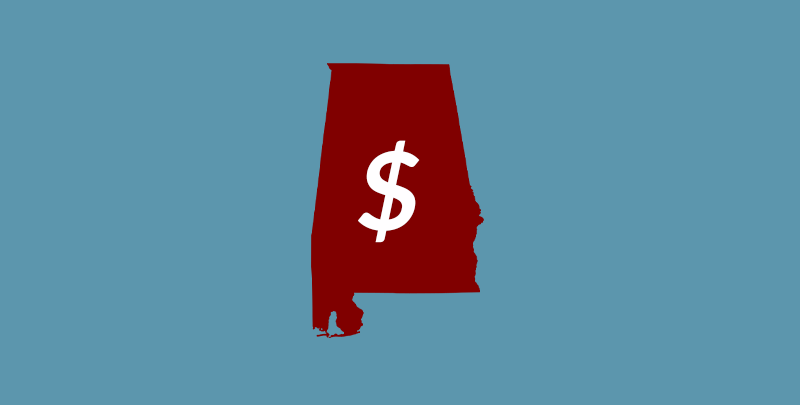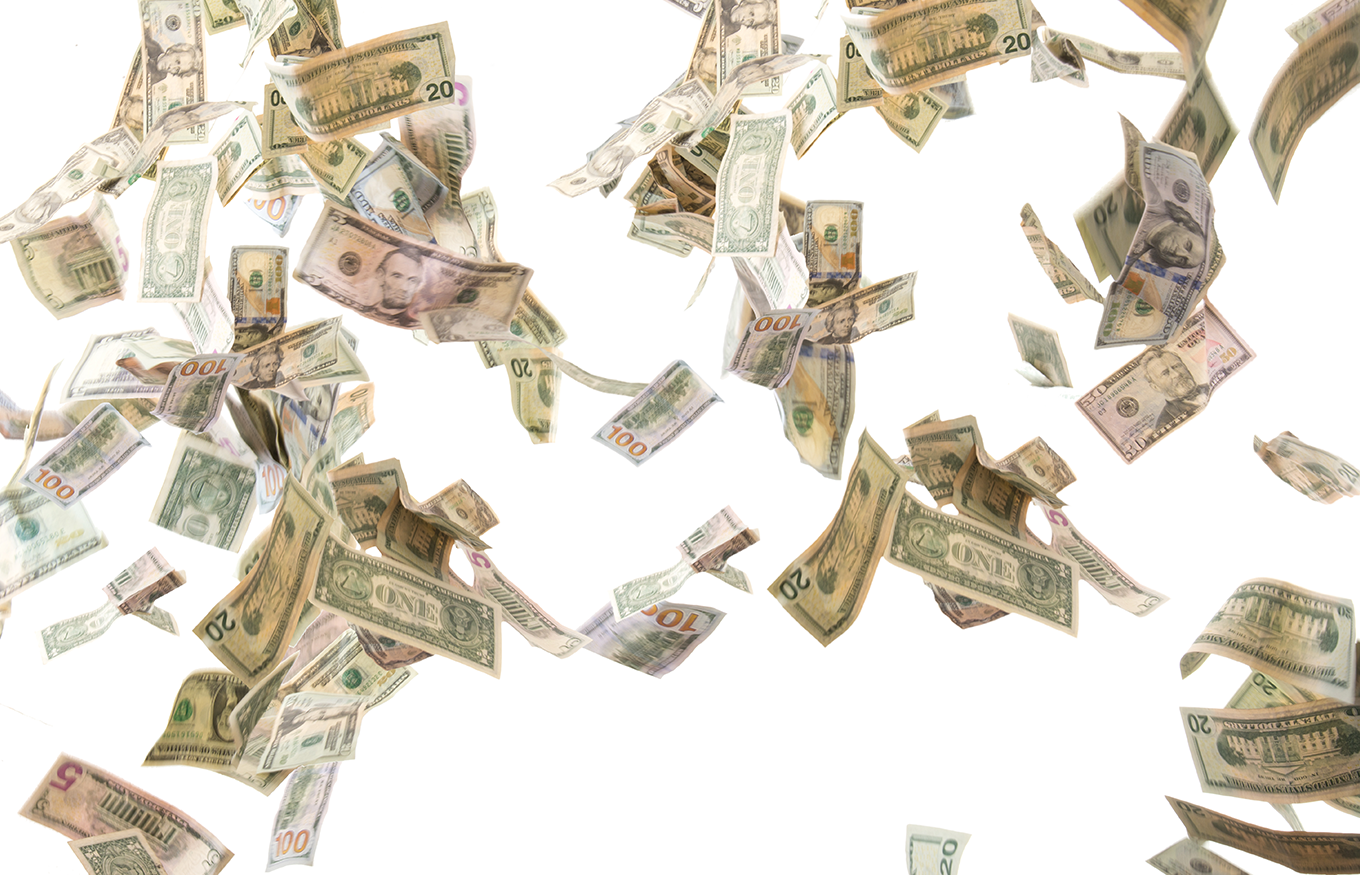UPDATED September 27, 10am ET:
Roy Moore defeated incumbent Sen. Luther Strange. He will face Democrat Dough Jones in the December 12 general election.
—
Former Alabama Supreme Court Chief Justice Roy Moore is trying to oust incumbent Sen. Luther Strange, who was appointed to his seat in February, when President Donald Trump tapped Sen. Jeff Sessions to be his attorney general.
Moore earned a plurality of the vote in August’s primary election — but not a majority — sending him into a runoff with Strange, who placed second. On Tuesday, Republican voters in Alabama will choose between the two men. The winner of the election will face Democrat Doug Jones in a December special election.
While Moore’s and Strange’s names will be on the ballot, they’re far from alone in the race. In fact, outside groups such as super PACs and “dark money” groups have pumped millions into the race — far outspending the candidates’ themselves. (That’s a trend that’s been on the rise since the U.S. Supreme Court’s Citizens United v. FEC decision opened the door to new spending by outside groups in 2010.)
While candidates are limited in how much money they can accept from any single individual donor, super PACs and “dark money” groups have no limits on how much money they can accept from donors or how much they can spend. Their main limitation is that these groups cannot legally coordinate their spending with candidates.
Here’s what you need to know about the money in the race so far:
$20 million is the combined amount all candidates and political groups have invested in the special U.S. election in Alabama, including both the primary and runoff phases of the contest. Here’s how that breaks down between the candidates and outside groups:
60 percent is the approximate portion of this money that has been controlled by outside groups, such as super PACs and “dark money” groups, a total of about $12 million.
$8 million is the amount of money spent in Alabama’s special U.S. Senate race by the Senate Leadership Fund, a super PAC aligned with Senate Majority Leader Mitch McConnell, R-Ky.
$4.7 million is the amount of money raised by incumbent Sen. Luther Strange’s campaign committee through early September.
$1.4 million is the amount of money raised by Republican challenger Roy Moore through early September.
38 percent is the portion of Roy Moore’s campaign war chest that has come from small-dollar donors giving $200 or less.
1 percent is the portion of Luther Strange’s campaign war chest that has come from small-dollar donors giving $200 or less.
7-to-1 is the approximate ratio by which Strange and outside groups supportive of his campaign have outspent Moore and his allies.
90 percent is the portion of outside spending by allies of Luther Strange, totalling $10.8 million, including $7.4 million during the runoff election.
7 percent is the portion of outside spending by allies of Roy Moore, totalling $900,000, including $770,000 during the runoff election.
52 percent is the portion of outside spending during all phases of Alabama’s Senate race that was negative.
Source: Issue One analysis of Federal Election Commission data.
Issue One research intern Bryan McMahon contributed to this report.






